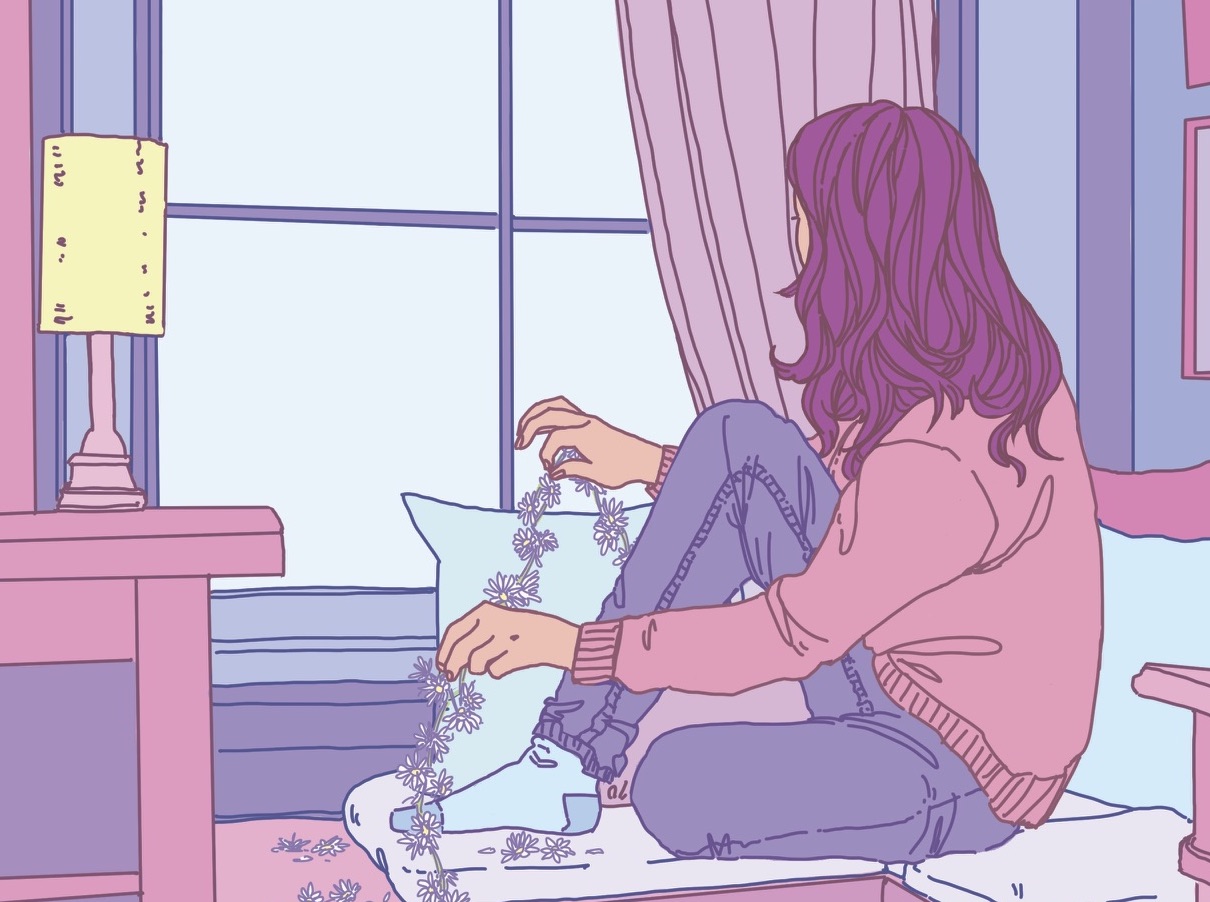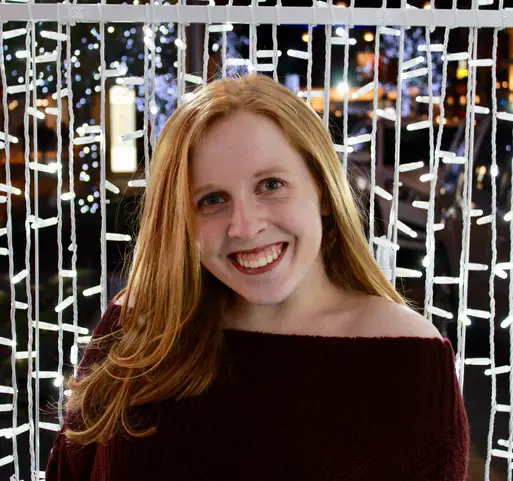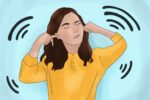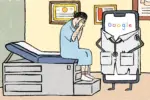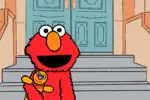It’s estimated by the World Health Organization that one in four people in the world will be affected by mental illness at some point in their lives, and in high-income countries, 35 – 50 percent of those suffering will receive no professional care. Half of these chronic illnesses manifest themselves by age 14, and even though early treatment can be crucial in effectively managing symptoms, they often go unrecognized until adulthood.
Over the past several decades, the conversation surrounding mental health has shifted to a more sympathetic and encouraging tone. But the discussion still has a long way to go, and unfortunately it’s still considered to be a taboo subject that is uncomfortable to talk about.
That’s exactly why Hannah Daisy, a 33-year-old London-based occupational therapist, is the artist that everyone should be paying attention to. On her Instagram account, @makedaisychains, which currently has over 57,000 followers, Daisy posts her hand-drawn images depicting the unapologetic truth about what it’s like to be living with mental illness.
“I think I’ve drawn since I could pick up a pencil, but I guess in relation to my account, it probably started in about January 2016,” she says of her decision to use her talents on Instagram. “It’s just something I started to see what would happen.” The moniker “makedaisychains” came to be when Hannah signed up for MySpace in 2004 and found that “Hannah Daisy” had already been taken as a username.
For Daisy, starting her account was a way to combine her artistic talents with her lengthy experience working in mental health services. “I think that there are lots of different strands as for why I do it the way I do it, and that’s because I have dyslexia and I’m a much more visual person, so I communicate much better through images rather than words. That’s just how my brain works,” she says of her methodology. “I’m also in quite a unique position having worked a decade in mental health services and then having had these services myself as well.”
The artwork found on her profile creates a warm and welcoming tone, while at the same time tackling a serious issue. It’s bright and colorful, oftentimes featuring adorable cats with important phrases like “Anxious Not Rude” and “I Believe You.” Alhough most of her posts are focused on mental health, she also includes other topics, such as women’s health and LGBTQ+ pride. She even adds visual descriptions to each image so that the visually impaired are not excluded from her message.
It’s a sort of social media community that reminds people that they’re not alone in their struggle. People experiencing mental illness often suffer from loneliness and isolation only made worse by the stigma that can surround their conditions. That stigma can lead to discrimination, harassment and a reluctance to seek treatment.
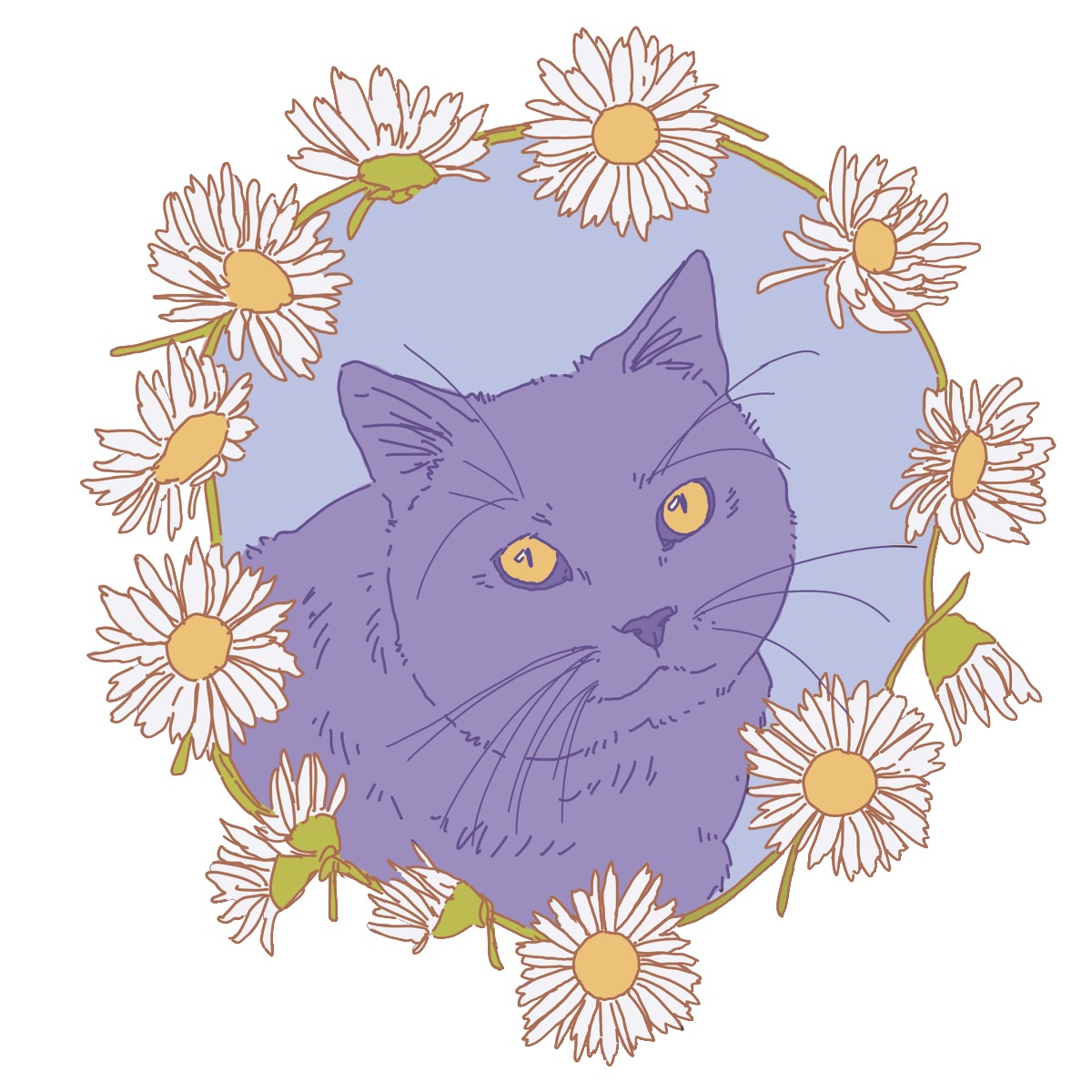
Daisy’s professional experience in occupational therapy has certainly proved itself in the creation of her hashtag #boringselfcare. Most people on social media have probably seen pictures of people buying bath bombs or expensive face masks and calling it “self care.” If you didn’t know any better, you’d think that it was something that should only be done on occasion and should be both luxurious and worthy of a post on Instagram.
But for Daisy, whose career centers around helping people to achieve everyday activities, the twisted interpretation of the phrase has alienated those who actually need to hear it. “This is not my understanding as a mental health professional at all. Self-care refers to all the activities we need to do day to day and the ‘self’ bit doesn’t mean you have to do it yourself,” she says of the term’s glamorization.
“I renamed it ‘boring self-care’ to give it a new language and help people understand what it actually is. I feel that the hashtag is not for everyone. It’s for people who struggle day to day. It’s for people with mental health problems, chronic illness, disability etc., not for the able bodied and people without mental health problems to post selfies with the hashtag.”
The reality of self-care is clear in the drawings that Daisy posts with the hashtag. Captions like “Brushed My Teeth,” “Went Food Shopping,” “Did My Laundry and Took It Down” and “Did My Homework” don’t seem nearly as glamorous as posting about treating yourself with something extravagant. But these are things that individuals, especially those who are able-bodied, often take for granted, and they’re the day-to-day activities that help people maintain some sort of normalcy during their recovery process and manage symptoms of their illness.
Daisy has also been very open on her blog about her personal struggle with mental illness. In one post, she describes her experience with “pill shaming,” something that is fairly common for those taking medication prescribed for their mental health.
“I have had mental health problems on and off over the years and have tried quite a few different medications before finding one that works … I have been to events organized by certain anti-psychiatry organizations where people have talked about how awful medication is. This is also so dangerous, and it fed into me thinking that I don’t need to take medication. It might be fine for them, but promoting a ‘psychiatry is evil’ mindset is also very dangerous. I could criticize psychiatry all day but at the end of the day, some people need the medical treatment.”
It’s the sort of experience that is a sad reflection of the public’s misconceptions about mental health treatment. Medical treatment is, of course, just one layer to treating mental illness. Receiving care could include psychotherapy, medication and even brain stimulation treatments. What works for one person might not work for another, but the stigma that surrounds certain types of treatment, such as medication, is toxic to those who are in recovery. No person should be made to feel weak for needing an extra push beyond “natural” treatments like changes in diet and exercise, and no one should be shamed for seeking help.
While some people question the need to care for mental health even when nothing is necessarily wrong, The World Health Organization (WHO) stresses that it is essential to overall well-being. It maintains that medical intervention is oftentimes necessary, but also points out that there is a social aspect to treating mental disorders. The WHO states that “people with mental illness require social support and care,” and one key objective of its Mental Health Action Plan is to “provide comprehensive, integrated and responsive mental health and social care services in community-based settings.”
Community discussions surrounding mental health are extremely important in promoting awareness and understanding, and yet it’s still considered by many to be a taboo subject. One reason for this, according to Daisy, is that mental illness is an invisible condition. It’s easy to underestimate how much someone could be struggling because they might be putting up a facade to those around them. High-functioning illnesses like depression and anxiety place a burden on the person suffering to manage the expectations of those around them, and the lack of understanding that surrounds them might lead others to believe that the mental suffering is as bad as it is.
It’s an attitude that contributes to why those suffering from mental illness feel so marginalized in their communities. “I think people are marginalized in so many ways,” Daisy says. “For example: having to work when unwell and not everyone has sick pay — it can be punitive. Others [without mental illness] are often not understanding or want to help but are scared they might make it worse.”
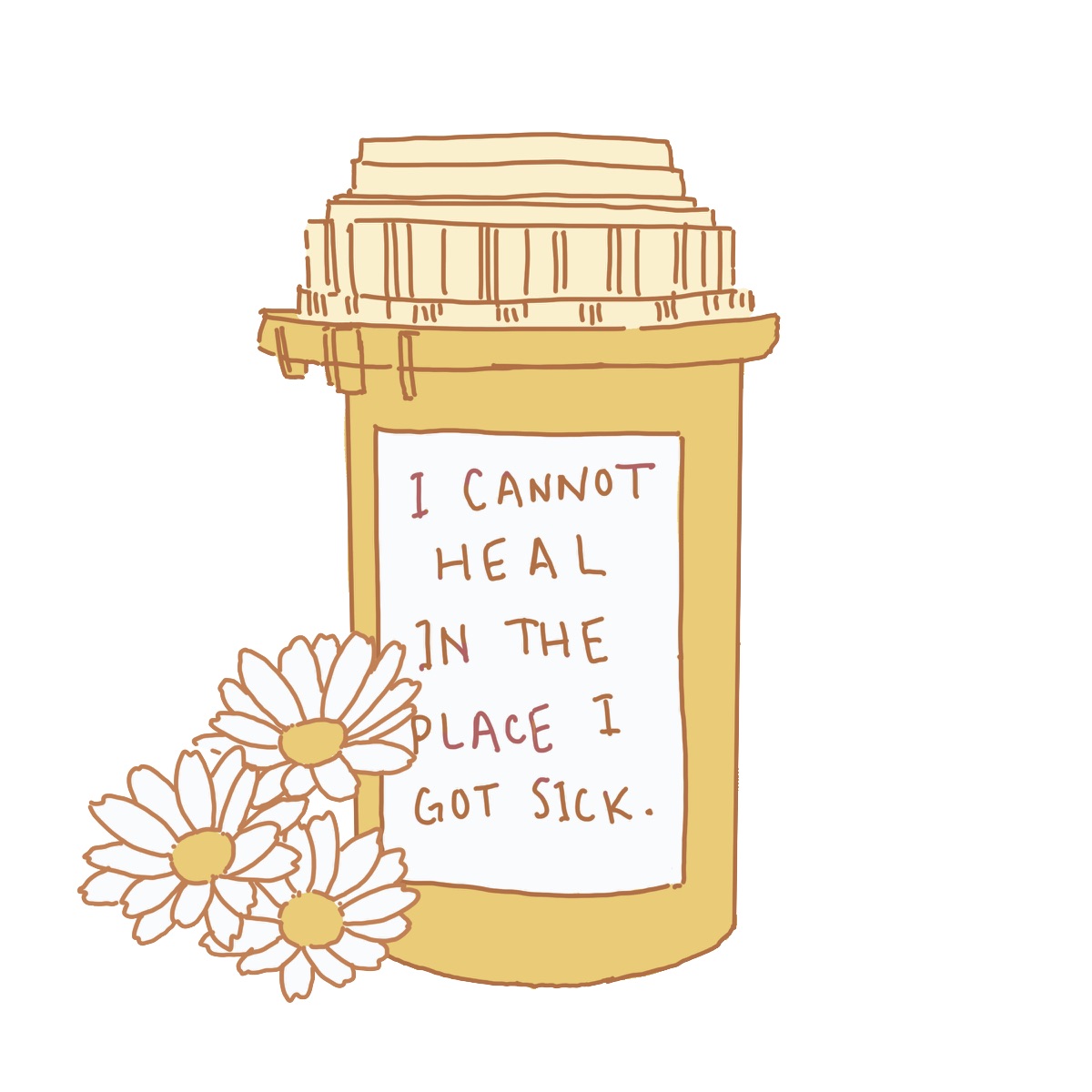
The isolation can also be compounded by other factors. LGBTQ+ individuals are twice as likely to suffer from mental illness than their straight peers, and 11 percent of them have reported being denied care due to bias or discrimination. Multicultural communities face barriers to care that include less access, poor quality of treatment and increased stigma surrounding their conditions. Women are around 40 percent more likely to suffer from mental illness compared to men, especially depression and anxiety, and are exposed more to social factors that could have an impact on their mental health.
Daisy, a woman who identifies as queer, knows that marginalization all too well. But she believes that it has had a positive impact on her activism by making her more inclusive of other groups that might be otherwise left out of the conversation of mental health. “I think once you’re part of a group that is marginalized or oppressed, then you have to think about all of the other [groups] because everything just kind of intersects anyway. So I do think that it’s important to be talking about those who are in other parts of marginalization that I’m not a part of,” she says. “Because of being queer and being a woman and having health problems, it puts me in a certain position where I experience marginalization.”
While Daisy says that she doesn’t necessarily know how far-reaching her account’s impact has been, she’s optimistic about it. “Lots of people message me and say it’s been helpful,” she says. “Hopefully I’ve changed some use of language on the internet and social media.” The future of her activism is a bit uncertain, although she wouldn’t rule out the possibility of writing a book.
Although there is still more work to be done toward advancing the public discussion about mental health, Daisy offers advice for those who might know someone suffering from mental illness and want to help: “I think just being there for a friend, offering to listen. Support them to get help. But also be aware of yourself and how much you are able to look after others.”


